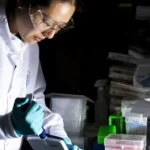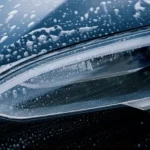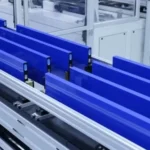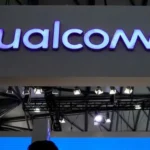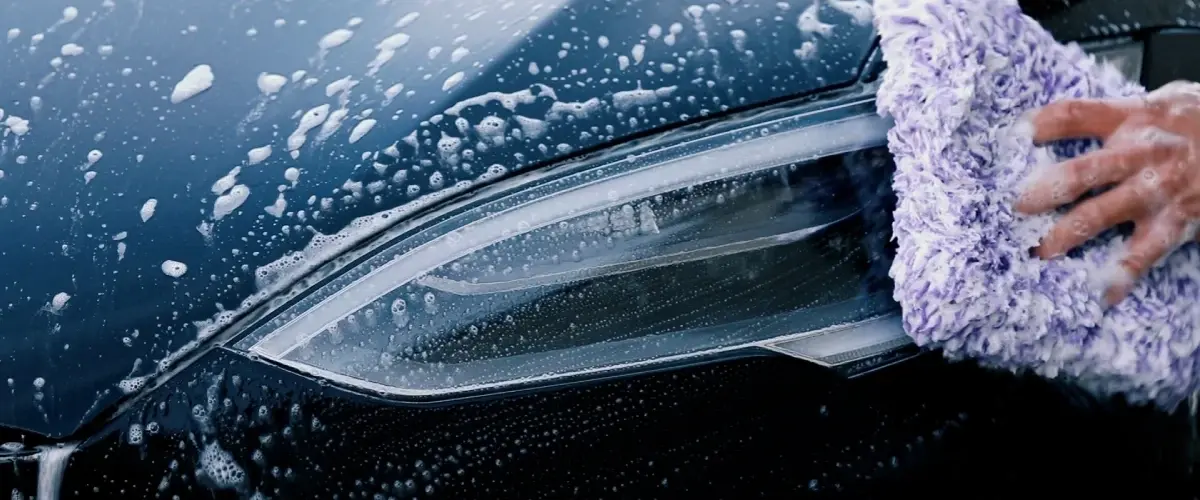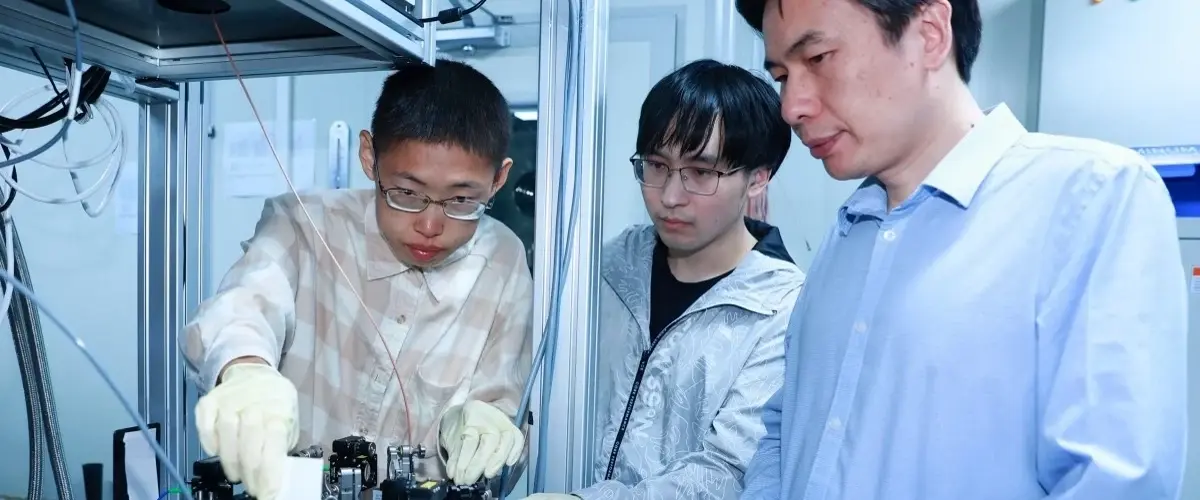Australian company Hysata promises the cheapest hydrogen in the world thanks to a unique setup that splits water into hydrogen (H2) and oxygen (O2) with an incredible efficiency of 95%. This is 20% higher than the best existing electrolyzers. Only 41.5 kWh of energy is required to produce 1 kg of hydrogen, compared to 52.5 kWh for other electrolyzers. Hysata’s technology eliminates hydrogen and oxygen bubbles typically formed in the electrolyte, significantly reducing energy losses. The company has attracted $111 million in investments and plans to achieve gigawatt-scale production.
During hydrogen production, even with the most efficient systems, a significant amount of energy is lost—usually 20-30%. To obtain a kilogram of hydrogen, which can store 39.4 kWh of energy, requires about 52.5 kWh of energy. This inefficient use of renewable energy sources is an additional factor hindering the competitiveness of “green” hydrogen compared to fossil fuels and batteries in many applications.
This is why Hysata’s capillary electrolyzer is such an intriguing development. It boasts an incredible efficiency of 95%. Only 41.5 kWh of energy is needed to create one kilogram of hydrogen. This reduces operating costs for hydrogen producers and also cuts capital expenditures due to cheaper installation and operation. The result is the cheapest green hydrogen available today.
Hysata claims that the key feature of their development is the elimination of hydrogen and oxygen bubbles in the electrolyte between the anode and cathode. These bubbles do not conduct electricity and can adhere to the surface of the electrodes, reducing their contact area with the electrolyte. This increases resistance in the system and explains most of the energy loss. Hysata’s design places the electrolyte at the bottom of the device. It rises upward through a porous, hydrophilic separator located between the electrodes. Thus, each electrode has full and direct contact with the electrolyte from the inside and a dry chamber from the outside.
As water rises through the tube and is separated into hydrogen and oxygen, gases do not need to form bubbles by passing through the electrolyte. This significantly reduces resistance in the system. Thanks to the capillary effect, water rises through the central separator without the need for any pumps. As a result, the overall efficiency of the process increases dramatically.
In laboratory conditions, the installation has shown efficiency of up to 98%. In reality, this figure may be 95%. Hysata’s technology is indeed impressive, and investors seem to agree. Last week, the company announced raising $111 million in a Series B investment round. The press release states that the company “will use these funds to expand manufacturing capacity at its coastal facility in Wollongong, New South Wales, and to further develop its technology with the aim of achieving gigawatt-scale production.”
Hydrogen promises to be a useful clean fuel and energy storage solution in a zero-carbon economy, delivering more energy per weight than batteries. It is a potential solution for hard-to-decarbonize sectors such as aviation, shipping, heavy machinery, heavy industry, and freight transportation. However, Hysata, like other electrolyzer manufacturers, will face tough market conditions in the short term. According to a recently published report by research firm BloombergNEF, the problem with the electrolyzer market lies not in supply, cost, or efficiency. The main problem is demand. Only one company, exclusively producing electrolyzers, managed to make a profit last year; the rest incurred losses of up to $1.4 billion. The main reason is the slower-than-expected rollout of subsidies in the US and EU. This forced many demand-side developers to postpone or cancel their orders for electrolyzers.
Nevertheless, green hydrogen will be produced using renewable energy sources, and Hysata’s technology will minimize energy losses in this process.

